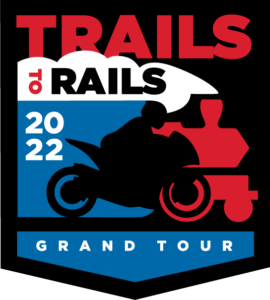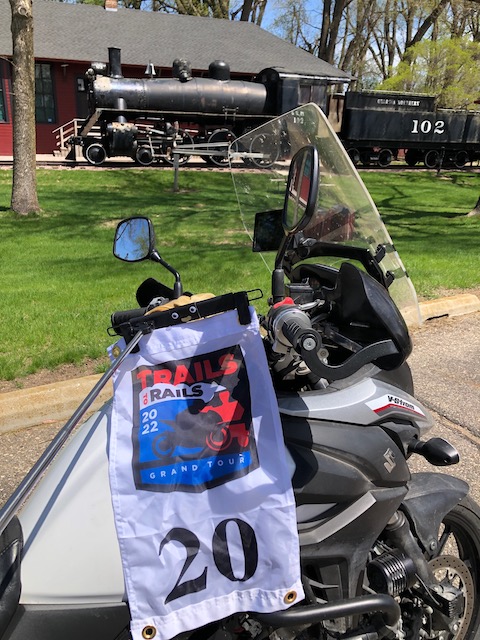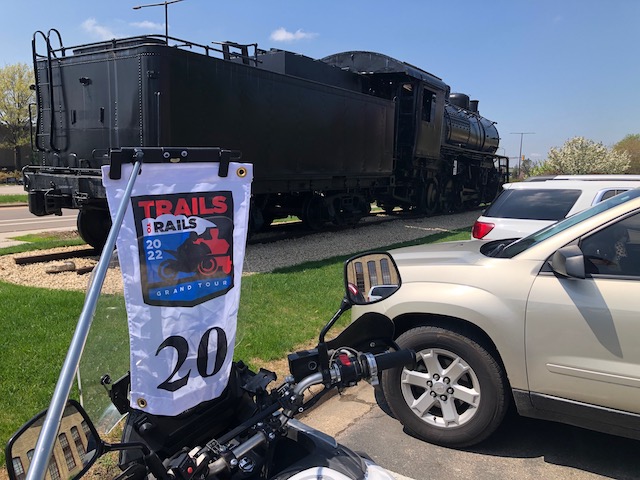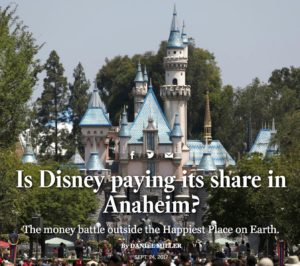In December of 2020, when it became clear we were not going to be returning to normal life any time soon, we purchased a big honking 55-inch 4K TV and settled in for a year of watching movies at home. By Dec. 31, 2021, we had watched 236 movies either together or separately. This is one of series of blog posts about those films.
 Kiss Me Kate (1953), directed by George Sidney and staring Kathryn Grayson, Howard Keel and the legendary Ann Miller. (Miller is a legend both for her great dancing and for the line in Rocky Horror Picture Show where Columbia does a bit of tap and then yells, “Eat your heart out, Ann Miller!“)
Kiss Me Kate (1953), directed by George Sidney and staring Kathryn Grayson, Howard Keel and the legendary Ann Miller. (Miller is a legend both for her great dancing and for the line in Rocky Horror Picture Show where Columbia does a bit of tap and then yells, “Eat your heart out, Ann Miller!“)
It’s a retelling of Shakespeare’s The Taming of the Shrew with a framing story of the leads being divorced but working together on a musical staging of Shrew. The show is pretty badly dated (The movie poster features Keel spanking Grayson), but the dancing by Ann Miller and a very young Bob Fosse is fantastic, as is the music by Cole Porter.
Kong Skull Island (2017), directed by Jordan Vogt-Roberts; starring Tom Hiddleston, Samuel L. Jackson, John Goodman, Brie Larson, and John C. Reilly. This is the second film in the Legendary Picture’s MonsterVerse that has brought back Godzilla, King Kong, Mothra, and others in a modern series based on classic monster movies. This one is set primarily in the early 1970s with Jackson playing a an army commander leading an expedition to collect … well, you know who. Aside from giving the movie the look of Francis Ford Coppola’s Apocalypse Now, the script has several nods to Joseph Conrad’s novella Heart of Darkness, which Apocalypse Now was loosely based on. Character names include James Conrad (a reference to the author) and Hank Marlow (reference to the narrator of Darkness.) This was a re-watch for me, having seen it in theaters when it first came out. (We’ll be back to the series before 2021 is out…)
Rewatching Skull Island, got me thinking again about Apocalypse Now and its troubled shoot. So I used this as an opportunity to re-watch Eleanor Coppola’s 1991 documentary Hearts of Darkness about the disastrous production of an amazing film. (I know, the film is actually directed by Fax Bahr, George Hickenlooper, and Eleanor Coppola, but I still think of it has her film.)
If after watching this you still want more about the production of Apocalypse Now, I would also highly recommend the audio book version of Along The Way, narrated by Martin Sheen and Emilio Estevez. While the primary focus of the book is about the father and son filming The Way, it deals extensively with the time the two spent together while Sheen was filming AN.)
And finally, we dip back into the old movie catalog with a screening of The Woman in Green (1945), one of a series of Basil Rathbone Sherlock Holmes movies from the 1940s. My late mum-in-law was a big fan of these films, so when we stumbled across it on Amazon Prime, we had to take a look.
Coming up next – A mixed bag of action and comedy films from the 1940s to 1980s.










